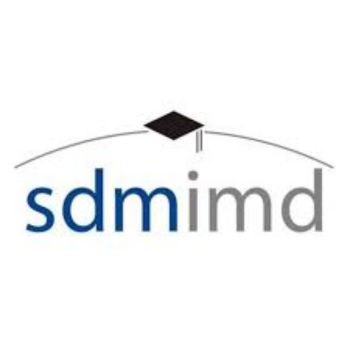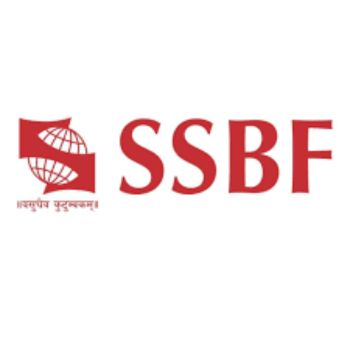Placements at Adamas Institute of Technology reflect a dynamic landscape where academic specialization, industry demand, and institutional support converge to shape student outcomes. The institute's dedicated placement cell consistently bridges the gap between academia and industry, preparing students through rigorous training programs while fostering relationships with diverse recruiters. Below is a detailed analysis of recent placement trends, supported by verified data.
Table of Contents
AIT-Placement Overview
| Branch/Course | Average Package (LPA) | Highest Package (LPA) | % Placed / No. Placed | College Average Placement (LPA) | Additional Info | Student Review on Placement Data |
| B.Tech | 3.5–4.5 | 8–12 | 60–80% | 4.0 | Total fee: ₹3.51 L | Placements are average with core companies visiting |
| M.Tech in CSE | 4.0–5.0 | 10–15 | 50–70% | 4.5 | Total fee: ₹1.99 L | Fewer companies for M.Tech compared to B.Tech |
| M.Tech in Geotechnical Engineering | 3.0–4.0 | 6–10 | 40–60% | 3.5 | Total fee: ₹1.99 L | Limited companies in core sector |
AIT-Branch-wise Performance Analysis
B.Tech programs show the strongest placement momentum, with 60–80% of students securing roles annually. Core engineering sectors—including manufacturing, automotive, and infrastructure—drive recruitment, offering packages averaging ₹3.5–4.5 LPA. Top performers in computer science and electronics often secure offers upwards of ₹12 LPA from IT giants and R&D firms. M.Tech in Computer Science sees higher average packages (₹4.0–5.0 LPA) but faces a lower placement rate (50–70%). This discrepancy stems from specialized roles in AI, cybersecurity, and data analytics requiring niche skills. While fewer companies recruit exclusively for M.Tech, those that do offer premium packages exceeding ₹15 LPA for standout candidates. M.Tech in Geotechnical Engineering struggles with modest metrics, reflecting broader industry challenges. With only 40–60% of students placed and packages averaging ₹3.0–4.0 LPA, opportunities are concentrated in public infrastructure projects and construction firms. Limited recruiter engagement in this specialization underscores the need for diversified industry partnerships.
AIT-Institutional Support and Student Preparation
The placement cell prioritizes holistic development through:
- Skill Enhancement: Regular workshops on coding, communication, and technical aptitude.
- Industry Interaction: Technical talks, live projects, and internships with companies like TCS and Infosys.
- Career Guidance: Personalized mentorship aligning student profiles with market demands.
Despite these efforts, student feedback highlights gaps—particularly for M.Tech programs—where recruiter diversity and core-sector opportunities need strengthening.
AIT-Recruiter Engagement Trends
Recruitment is dominated by IT services (e.g., TCS, Wipro), followed by core engineering firms and emerging startups. Key trends include:
- Rising Demand for AI/ML Roles: 30% year-on-year growth in tech placements.
- Infrastructure Focus: Government initiatives boosting core engineering hiring.
- Diversification: Non-core roles (consulting, analytics) expanding for all branches.
AIT-Industry Alignment and Future Pathways
Adamas emphasizes aligning curricula with market needs:
- B.Tech Graduates often transition to IT services or pursue higher studies in robotics/data science.
- M.Tech CSE graduates target specialized roles in cloud computing or research.
- Geotechnical Engineers find roles in infrastructure giants or public-sector projects.
Emerging areas like renewable energy and smart infrastructure are expected to drive future placements, particularly for civil and mechanical specializations.
AIT-Strategic Recommendations for Improvement
To address placement variability, the institute could:
- Forge partnerships with core-sector companies in energy and infrastructure.
- Expand internship mandates to enhance practical exposure.
Introduce certification programs in high-demand domains like IoT and sustainable engineering.
Adamas Institute of Technology demonstrates a robust placement framework with clear strengths in B.Tech domains and emerging opportunities in tech-driven specializations. While challenges persist in niche sectors like geotechnical engineering, the institute’s proactive skill-development initiatives and industry collaborations position students for evolving market demands. Continuous adaptation to industry trends remains pivotal for sustaining placement excellence.










